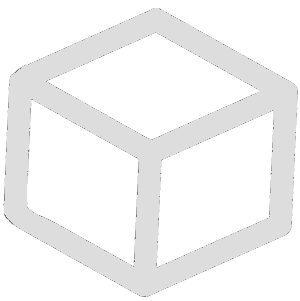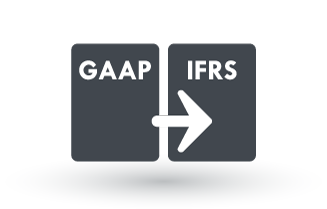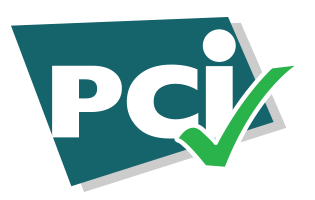
Digital Asset Certification
are dematerialize assets, liabilities and equities entitlement that’s held with in investments with maximum security and clearing methods
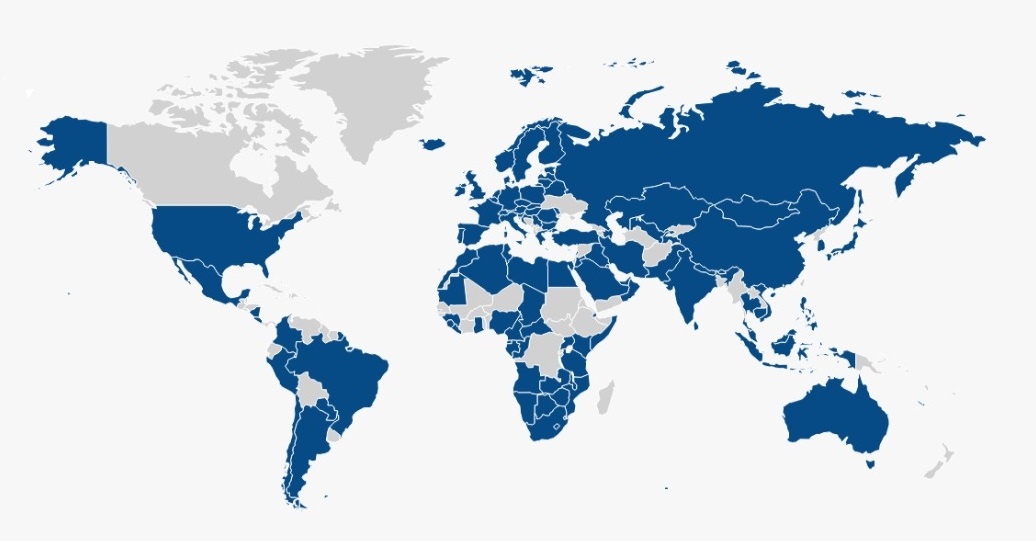
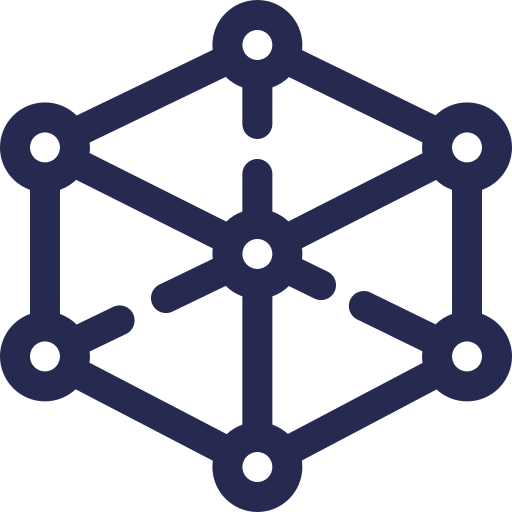
Global Certificates
World consensus for asset, equity and bond trading
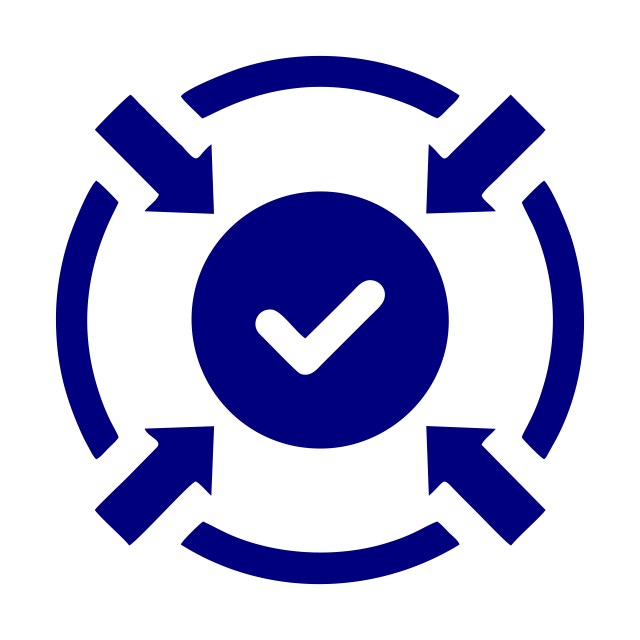
State
Interstate Trading

National
Out of State Trading

International
Cross border Trading
Local
Local trading are managed by Treasury Bank’s independent treasurers and brokerage. Digital Assets Cerificates (DAC) sold on a local community market. Making it possible to sell community entitlement statewide and exchanged nation or international in the future. Local DAC are fully liquid or no-penalty that charge low or no penalties if you close the account early. However, they pay lower interest rates than standard ones.
National
After local liquidity growth DAC will qualify as a National DAC that are managed by brokerage firm that is trade on a US stock market or secondary market, making it possible to sell one early if you wish to. You won’t incur penalties, but you may have to pay a small fee.
International
International DACs are also managed by brokerage firm or an independent sales representative but on a global scale, making it possible to sell community entitlement to global investors
How Does It Work
1. Contracting

Agreement, planning, development, and underwriting
2. Storage

Securities deposit regulatory compliances, due diligence.
3. Cash Out

Sell, Exchange, and Transfer in different currencies
What is Cashing Out?
Cashing out DAC, also known as selling interest involves converting your ownership in a DAC (represented by shares of bonds) into cash. This allows you to access the funds invested in those DAC as dividends and use them for other purposes
Why Cash Out
There are several reasons why members might choose to cash out their certificate :
Tax-loss harvesting: Selling Digital Asset at a loss can offset capital gains on other investments, potentially reducing your tax liability.
Realizing profits: When the market value of your Digital Asset increases, selling them allows you to lock in those gains and convert them to cash.
Rebalancing your portfolio: As your financial goals and risk tolerance change, you may need to adjust the allocation of assets in your portfolio. This might involve selling some digital to invest in other assets, such as bonds or real estate.
Covering expenses: Trading Partner cash out digital to cover program expenses.
Place Your Order
Once you’ve chosen your order type, enter the details of your order, including the quantity and order type. Review the order carefully before submitting it.
Monitor Your Order:
Track the status of your order to ensure it is executed as intended. You can typically view the status of your orders within your cash account.
Receive Your Funds:
Once your order is executed, the proceeds from the sale of your stocks will be deposited into your cash account. You can then withdraw the funds to your bank account or use them to purchase other investments.
Cash Out Date
A transfer date should be only when Digital Asset Certificates reaches its maturity date, but if you need the funds earlier you’ll pay a penalty for withdrawing it.
If you wait until the maturity date, you have several options to choose from.
DAC issued by Treasury Bank typically offers a slightly higher interest rate than its members depository banks like checking or savings. In exchange, the member must agrees to leave the asset in the DAC untouched for a set period of time.
You can invest in DAC that runs for a few months or for many years. A month or two before your DAC maturity date, the Treasury Bank will notify you that the DAC is about to mature and ask for your instructions on what to do with the funds.
Typically, you’ll have three options:
- Roll the proceeds into a new DAC at Treasury Bank: You can opt for a DAC with the same term as your old one or a term that’s shorter or longer.
- Transfer the funds into MMA or Trust investment account at banking partners: Options include a savings, checking, or money market account.
- Withdraw the proceeds: Treasury Bank agent will have the money transmitted to a merchant supplier account at a different financial institution or mailed as a paper check.
Account holders settlement bank will give member a deadline for providing instructions and indicate what it will do in the absence of any guidance from you.
Generally, defaults DACs will be to roll your proceeds into a new DAC with a term similar to your old one. For example, if you had a one-year certificate, your balance would be rolled into a new one-year DAC. The interest rate may be higher or lower than the old DAC’s, depending on where rates are at the time.
It’s important to act quickly once you receive this notice. After the DAC reaches maturity, the account enters a grace period of about 10 days. If you do nothing, Treasury Bank may automatically roll over your DAC into a new one and you may then have to pay a penalty if you want your money before the next maturity date.
In respect to the federal Truth in Savings Act (Regulation DD), but not limited to; the issuer of a DAC is required to disclose when it may impose an early withdrawal penalty and how that penalty will be calculated
Early Transfer
It’s is possible to close a DAC and withdraw your asset early. The downside is that, for the most common types of DAC, you will face a penalty for doing so.
The amount of that penalty will depend on your agreement with the Treasury Bank Investment Program. Federal law specifies a minimum penalty of at least seven days’ interest, but there is no maximum, so your actual penalty could be many times that. You could even lose some of the asset entitlement you put into account.
Most often, the early withdrawal penalty is calculated as a number of months’ interest, with a greater number of months for longer DAC terms and fewer months for shorter DACs. A typical policy might be to deduct three months’ interest for DACs with terms up to 12 months and six months’ interest for those with terms up to three years.
You can close a DAC before maturity, but you will probably be charged a penalty. There’s no legal cap on this penalty, so you can actually lose some of your principal entitlement by taking the asset out early. Typically, the longer the term of the DAC, the higher the early withdrawal penalty.
Grace Period
A DAC grace period is the number of days that you have to tell Treasury Bank that holds your matured DAC what you want to do with the proceeds. If you take no action, Treasury Bank will automatically put your assets into a new DAC.
A grace period of 10 days is fairly common, but some grace periods are as short as seven days. Be prepared to act quickly when you get the notice.
Early Withdrawal Penalties
It’s difficult to avoid these charges with DAC. In some cases, Treasury Bank may waive an early withdrawal penalty if you ask, but it isn’t required to do so by law.
The Bottom Line
DACs are intended to remain untouched until the end of their term, but it is possible to get your assets out early, if necessary. However, you will most likely have to pay a penalty, and you might even get back less money than you put in. For that reason, it’s best not to invest in a DAC unless you’re reasonably certain you won’t need your assets before it matures.
Protection & Management
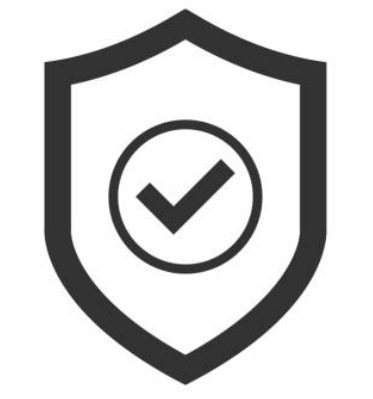
Offers intangible and tangible asset protection and certification with membership incentives.
Dematerialization

Imported documents are dematerialize and programmed as electronic smart contracts that control digital asset coinage and tokenization value as digital instruments and currency.
Stakeholder Benefits
Benefits include:
- Improved compliance Better KCY by procurement credit checks
- Improved efficiency and privacy – straight-through transmission which void unnecessary intermediaries that compromise data
- Better data consistency – minimize human error and data breaches.
- Centralized financial management better procurement, invoicing and cash management.
- More accurate cash flow forecasting – more accurate cash flow forecasts.
- Faster Payments – payments in real-time P2P B2B outside of standard 1 to 10 days Swift, TCH, Federal Reserve, and ACH
- Minimizing Systemic Risk – less data intuition, fraud, and internal or external bad actors.
- Members CDD and EDD Clearing – Jurisdictional pre-screening for OFAC regulation support.
Minimizing Systematic Risk
Treasury Bank provides the following multi-level private non-solicited investment settlement for members that allows:
- Non-Consumer commercial transactions
- Member privacy
- Financial inclusion
- Internal control
- Minimize risk
- Minimize Regulation
- Multiple accounts at the same or different banks
Security Measures
- Bank level SFTP SSH or API connection
- Collect card data using customizable forms you can embed into your application
- Secure card data in a PCI Level 1 compliant and SOC2 certified environment
- Use tokens to send and receive card data or tokens with payment processors or endpoint
- Login Challenge Screen (Password Protected)
- Automated Backups
Validation
Digital Assets are validated by:
- Members consensus
- Recipient acceptance
- Real Asset Certification
- CPA audit
- Member identification
- Verified Source of Proof
- Securities Registration statement (local, state and federal SEC and FTC travel rules) or exemption.




